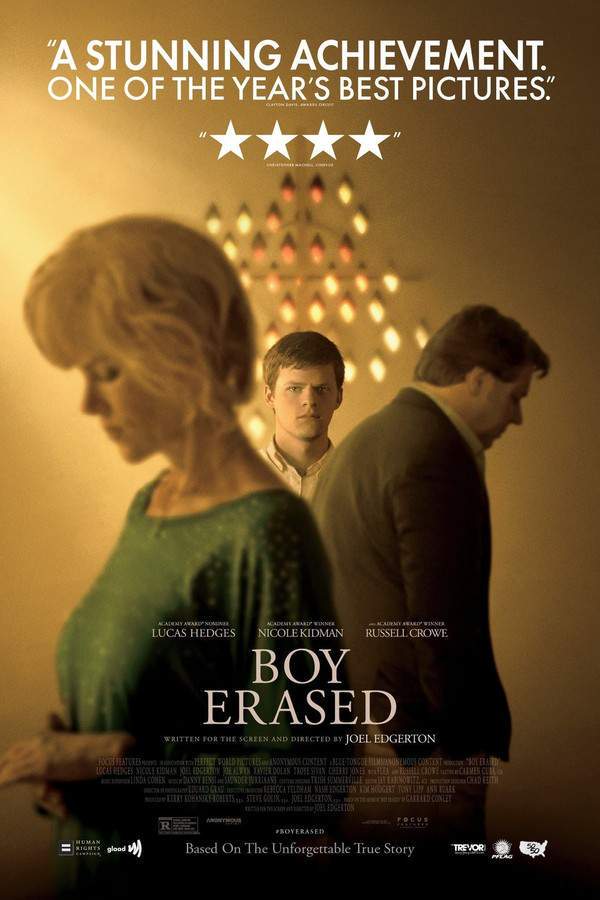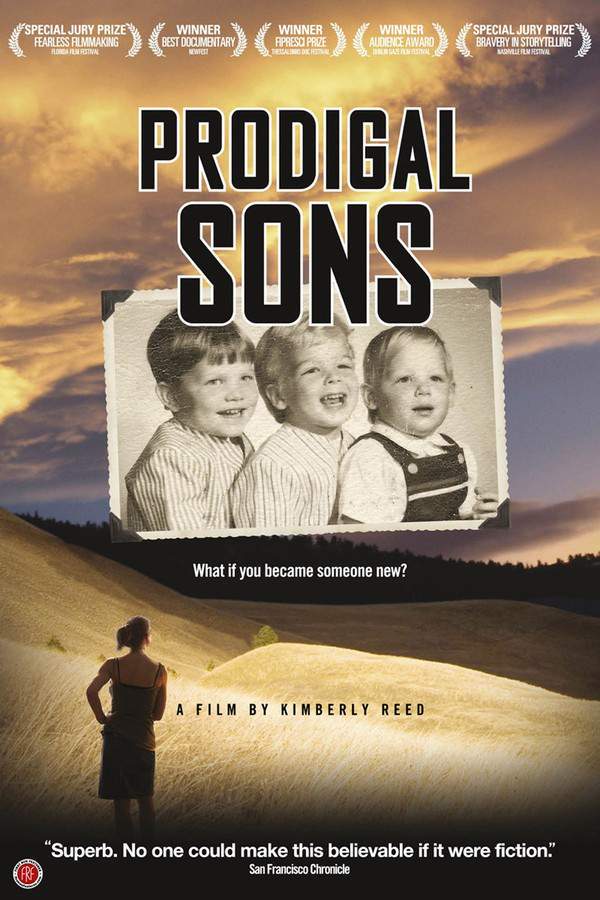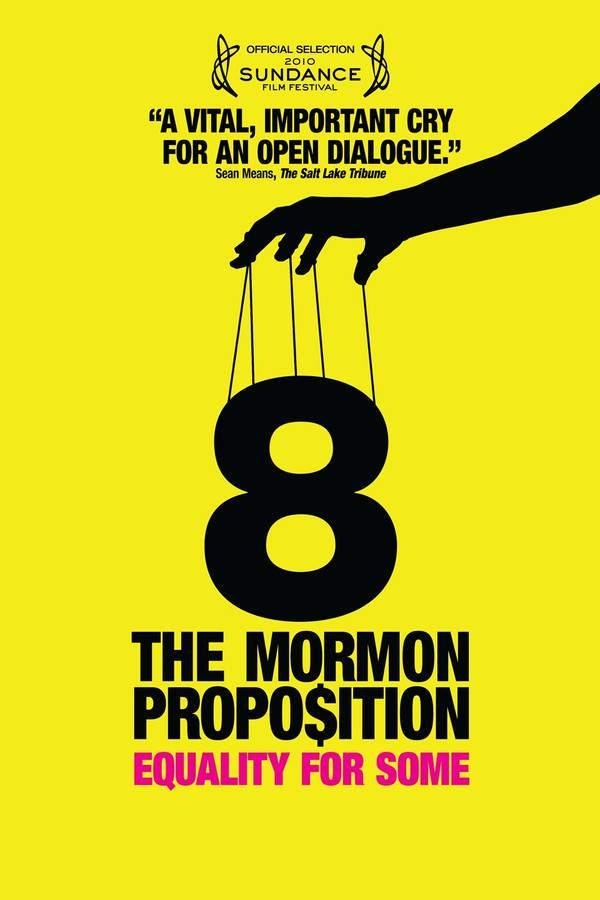
For the Bible Tells Me So 2007
Directed by

Daniel G. Karslake
Made by

First Run Features
For the Bible Tells Me So Plot Summary
Read the complete plot summary and ending explained for For the Bible Tells Me So (2007). From turning points to emotional moments, uncover what really happened and why it matters.
The filmmakers delve into the complexities surrounding traditional Biblical teachings on homosexuality. Through various anecdotes from families who are either accepting or at least tolerant of homosexual relationships, they present a perspective that challenges conventional interpretations. They also seek insights from liberal clergy who engage in discussions regarding scriptural texts.
One prominent figure, a preacher from the Disciples of Christ, emphasizes that “we cannot say what the Bible says; we can only say what it reads.” This sentiment reflects a broader theme in the film, as it scrutinizes verses that label homosexuality as an abomination, arguing that these should be viewed in the same light as dietary restrictions found in other scriptures. The film introduces distinct interpretations of critical terms, suggesting that words like “natural” should be understood as “customary,” which could dramatically shift their perceived meanings.
However, the narrative leans heavily towards this alternative viewpoint, providing minimal attention to opposing perspectives. It becomes apparent that any dissenting opinions presented are largely superficial, serving more as a formality than a genuine exploration of the topic.
For the Bible Tells Me So Timeline
Follow the complete movie timeline of For the Bible Tells Me So (2007) with every major event in chronological order. Great for understanding complex plots and story progression.
Introduction to Biblical Teachings
The film opens by introducing traditional Biblical teachings on homosexuality, setting the stage for the ensuing discussion. It outlines the historical context and societal implications that these teachings have had over the years.
Anecdotes from Families
Viewers are presented with various anecdotes from families who are either accepting or at least tolerant of homosexual relationships. These personal stories add a human element to the discussion, revealing the challenges and triumphs of navigating faith and sexuality.
Insights from Liberal Clergy
The filmmakers seek out liberal clergy to provide interpretations of scriptural texts related to homosexuality. These discussions aim to challenge conventional beliefs and highlight progressive views on longstanding issues within the church.
Preacher’s Perspective
A prominent preacher from the Disciples of Christ asserts a critical viewpoint, stating, 'we cannot say what the Bible says; we can only say what it reads.' This profound statement introduces the idea that interpretation plays a crucial role in understanding scripture.
Scrutiny of Abomination Verses
The film scrutinizes specific verses in the Bible that label homosexuality as an abomination. By comparing these texts to dietary restrictions found in other parts of scripture, the filmmakers encourage viewers to reconsider their interpretations critically.
Redefining Critical Terms
The narrative introduces alternative interpretations of terms like 'natural' and suggests that they should be understood as 'customary.' This shift in understanding is presented as a significant potential change that could impact the perception of these verses.
Exploration of Alternative Viewpoints
Throughout the documentary, the filmmakers present a variety of interpretations, leaning heavily toward a more inclusive viewpoint. They argue that the discussions around scripture should be broadened to include diverse perspectives without dismissing them outright.
Dissenting Opinions
Any dissenting opinions presented in the film appear largely superficial and are often acknowledged only briefly. This raises questions about the depth of the exploration, leading to criticisms that the narrative doesn’t fully engage with opposing viewpoints.
Cultural Context Matters
The filmmakers emphasize that understanding the cultural context in which scripture was written is essential. They argue that neglecting historical and societal factors can lead to misinterpretations that harm individuals in the modern world.
Call for Re-examination
The documentary concludes with a call for re-examination of Biblical teachings on homosexuality. It urges viewers to engage in open dialogue about these topics, fostering understanding and acceptance within and outside religious communities.
For the Bible Tells Me So Settings
Learn where and when For the Bible Tells Me So (2007) takes place. Explore the film’s settings, era, and how they shape the narrative.
Time period
The film spans contemporary times, reflecting ongoing debates surrounding homosexuality and religious beliefs. It captures the modern struggle between traditional interpretations of scripture and evolving societal norms, particularly as they relate to the LGBTQ+ community.
Location
United States
The movie primarily takes place in the United States, focusing on various families and their interactions with traditional religious beliefs. The settings include homes and churches, where discussions about Biblical interpretations happen. These locations highlight the cultural backdrop against which the narrative unfolds, emphasizing the significant role of faith in shaping attitudes towards homosexuality.
For the Bible Tells Me So Themes
Discover the main themes in For the Bible Tells Me So (2007). Analyze the deeper meanings, emotional layers, and social commentary behind the film.
🕊️
Faith & Acceptance
The movie explores the tension between faith and acceptance of LGBTQ+ individuals within religious contexts. It showcases stories of families who strive to reconcile their love for their kin with their adherence to religious teachings. This theme emphasizes the importance of reinterpretation and understanding in fostering acceptance and compassion.
📖
Interpretation of Scripture
A key theme in the film is the exploration of how biblical texts are interpreted and the implications of these interpretations. By challenging traditional views that label homosexuality negatively, the film advocates for a more nuanced understanding of scripture. It encourages viewers to consider alternative interpretations and the context in which these texts were written.
Movies with Similar Twists and Themes
Uncover films that echo the narrative beats, emotional arcs, or dramatic twists of the one you're exploring. These recommendations are handpicked based on story depth, thematic resonance, and spoiler-worthy moments — perfect for fans who crave more of the same intrigue.
Featured on this page

What's After the Movie?
Not sure whether to stay after the credits? Find out!
Explore Our Movie Platform
New Movie Releases (2025)
Famous Movie Actors
Top Film Production Studios
Movie Plot Summaries & Endings
Major Movie Awards & Winners
Best Concert Films & Music Documentaries
© 2025 What's After the Movie. All rights reserved.







